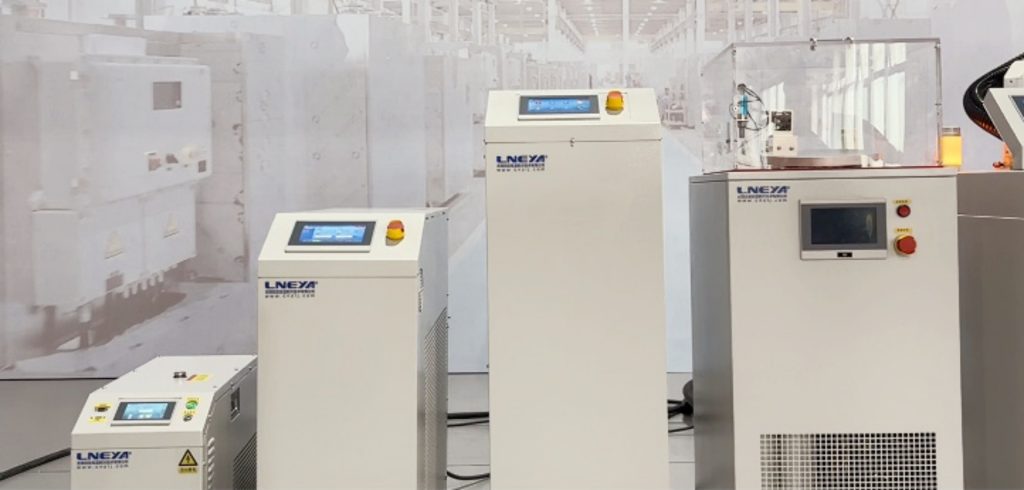Chiller Refrigerant Charging: Tools, Steps and Tips

- 4 Types of Refrigeration Systems Which One Fits Your Facility
- What is a VFD chiller VFD chiller vs Non VFD chiller
- What is a Gas Chiller
- What is a Scroll Chiller
- What is a Screw Chiller
- Chiller Refrigerant Charging Tools Steps and Tips
- Chiller Low Pressure Alarm 5 Common Reasons and Solutions
- Is r22 refrigerant still available for chillers
- August 2025
- July 2025
- June 2025
- May 2025
- March 2025
- February 2025
- January 2025
- December 2024
- November 2024
- October 2024
- September 2024
- August 2024
- July 2024
- June 2024
- May 2024
- April 2024
- March 2024
- February 2024
- September 2023
- July 2023
- June 2023
- May 2023
- January 2023
air cooled chiller chiller chillers Cold Assembly Freezer cooling chiller cooling heating circulator cooling heating system cooling system dynamic temperature control system freezer heating circulator industrial chiller industrial cooling industrial freezer industrial refrigerator jacket reactor low temperature chiller news reactor chiller reactor cooling reactor cooling heating reactor heating cooling refrigerated circulator screw chiller semiconductor chiller semiconductor test chiller sundi tcu temperature control test chamber thermostat ultra low temperature chiller vehicle test chiller water chiller water cooled chiller
Most chiller manufacturers sell their units pre-filled with refrigerant. Upon receipt, users only need to connect the piping, charge the coolant, and plug in the power cord before use. However, some users who have already purchased their own refrigerant or have existing stock may choose to save money by purchasing pre-filled chiller units and then filling them themselves.
How do you properly charge a chiller with refrigerant? This article explains the common tools, detailed steps, and precautions required during the charging process.
1. Preparing Refrigerant Charging Tools
Preparing the refrigerant charging tools in advance can save you significant time. Common tools recommended by our engineers include:
• Refrigerant charging equipment: such as a manifold gauge set, charging hose, and refrigerant tank
• Vacuum pump: for extracting air and moisture from the circulation system
• Electronic scale: for accurately charging the refrigerant
• Safety equipment: gloves and goggles
2. Checking the Chiller
Before charging refrigerant, ensure the chiller is functioning properly and the power cord is off. Professionals will use soapy water or an electronic leak detector to check for leaks. Avoid further malfunctions caused by refrigerant leaks after refrigerant filling.
3. Connecting Equipment
After ensuring that the equipment is not faulty, connect one end of the charging hose to the refrigerant tank and the other end to the low-pressure port of the manifold gauge.
4. Vacuuming
Open the pressure gauge and start the vacuum pump to remove all air and moisture from the system. This process typically takes 15-30 minutes, until the pressure reaches below -0.1 MPa. Then, turn off the vacuum pump and pressure gauge. Importantly, turn off the pressure gauge before turning off the vacuum pump to ensure the system remains under vacuum.
5. Charging Refrigerant
During the refrigerant charging process, it is important to constantly monitor the charge level, so a digital scale is required. Before charging, place the refrigerant tank on the scale and record the initial weight.
Then, invert the tank and slowly open the valve to begin charging. During this process, carefully monitor the pressure gauge to ensure the low-pressure side pressure is within the normal range (usually between 0.4 and 0.7 MPa).
More refrigerant isn’t always better. The charge volume should be strictly controlled according to the chiller’s specifications and manufacturer’s recommendations. You can use a digital scale to monitor the weight of the refrigerant being charged to ensure it’s within the normal range.

6. Check System Operation
After charging is complete, close the refrigerant tank valve, disconnect the charging pipe and pressure gauge. Then, start the chiller and verify normal operation. This can be determined by observing the pressure gauge reading and the system’s cooling performance.
7. Check for Refrigerant Leaks
Although pre-charging checks are already performed, a helium test and pressure hold check after charging are also essential. After starting the system, check all system connections for refrigerant leaks.
8. Record Data and Organize Tools
To facilitate subsequent maintenance and management, you should record the type, weight, and operating pressure of the refrigerant charged. Additionally, close all valves, organize charging tools and equipment, and ensure a clean and tidy workspace.
9. Precautions
• When charging refrigerant, always follow relevant safety regulations and avoid direct contact with the refrigerant to prevent frostbite.
• Pay close attention to pressure changes during the charging process to ensure the system operates within a safe range.
• If you are unfamiliar with the operation, it is recommended that you consult a qualified technician to perform the charging.
Conclusion
Need help with chiller refrigerant charging or troubleshooting cooling performance? Contact LNEYA’s technical team for expert support.
Related Chillers
CONTACT US
TEL:
EMAIL:
WeChat & WhatsApp:

Wechat QR

Have a question or need a quote? Fill out the form below, and our team will get back to you within 24 hours.
 LNEYA Industrial Chillers Manufacturer Supplier
LNEYA Industrial Chillers Manufacturer Supplier
















